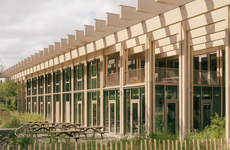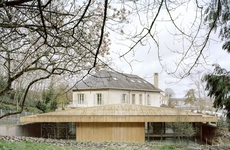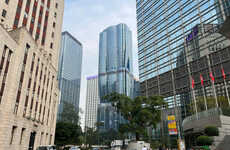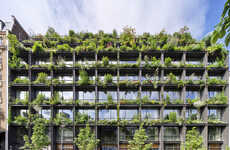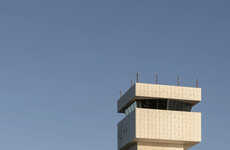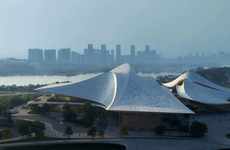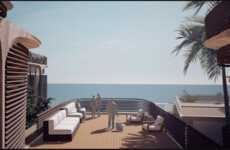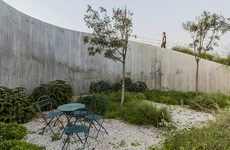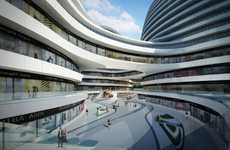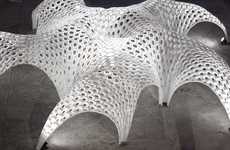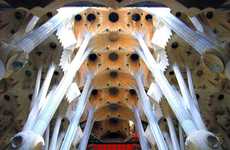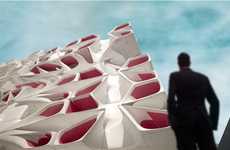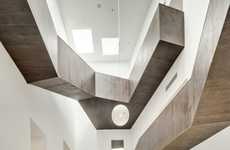
The Pierres Vives Building by Zaha Hadid Redefines Institutions
Alexandra Serrano — September 24, 2012 — Art & Design
References: zaha-hadid & fastcodesign
The Pierres Vives Building by Zaha Hadid is a modernist creation utilized as a government building in Montpellier, France.
Housing three government departments, this building is anything but institutional. Pierre Vives will house a variety of different functional facilities such as a multimedia library, a public archive and a sports department. Besides its practicality, this Herault regional government boasts a futuristic aesthetic that was designed by Zaha Hadid Archietects.
Despite its ultramodern appeal, the construction was inspired by the idea of a fallen horizontal tree. 'Branches,' which are connected to the central trunk, are used as entrances and access points. The Pierre Vives structure is made of a whopping 80,000 tons of concrete with 3,000 tons of steel. This creation is testament to the genius of Zaha Hadid Architects.
Housing three government departments, this building is anything but institutional. Pierre Vives will house a variety of different functional facilities such as a multimedia library, a public archive and a sports department. Besides its practicality, this Herault regional government boasts a futuristic aesthetic that was designed by Zaha Hadid Archietects.
Despite its ultramodern appeal, the construction was inspired by the idea of a fallen horizontal tree. 'Branches,' which are connected to the central trunk, are used as entrances and access points. The Pierre Vives structure is made of a whopping 80,000 tons of concrete with 3,000 tons of steel. This creation is testament to the genius of Zaha Hadid Architects.
Trend Themes
1. Futuristic Architecture - The concept of incorporating futuristic design elements in traditional structures presents an opportunity for architects to redefine the aesthetic of institutional buildings.
2. Multifunctional Spaces - The integration of various functional facilities within a single building offers a disruptive innovation opportunity to create versatile spaces that cater to the diverse needs of users.
3. Nature-inspired Design - Using organic forms and elements inspired by nature in architectural design can lead to the creation of visually striking and conceptually unique structures.
Industry Implications
1. Architecture - Architects can leverage futuristic design principles to innovate and transform traditional structures in the field of institutional architecture.
2. Construction - The construction industry stands to benefit from the implementation of novel techniques and materials in order to build complex and visually impressive structures.
3. Urban Planning - Urban planners can explore the integration of multifunctional spaces in city planning to optimize the use of limited resources and provide diverse amenities to the community.
4.2
Score
Popularity
Activity
Freshness

